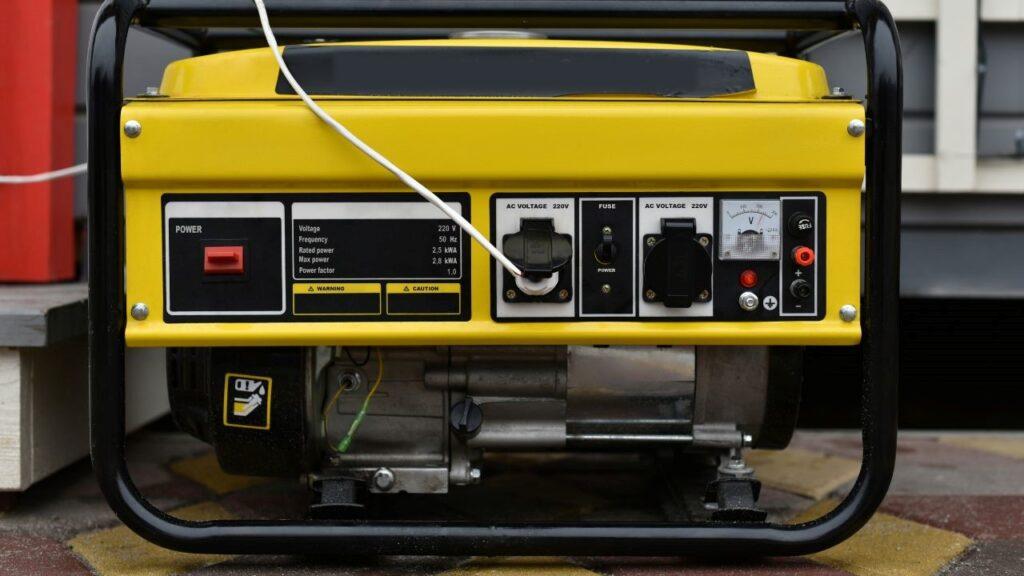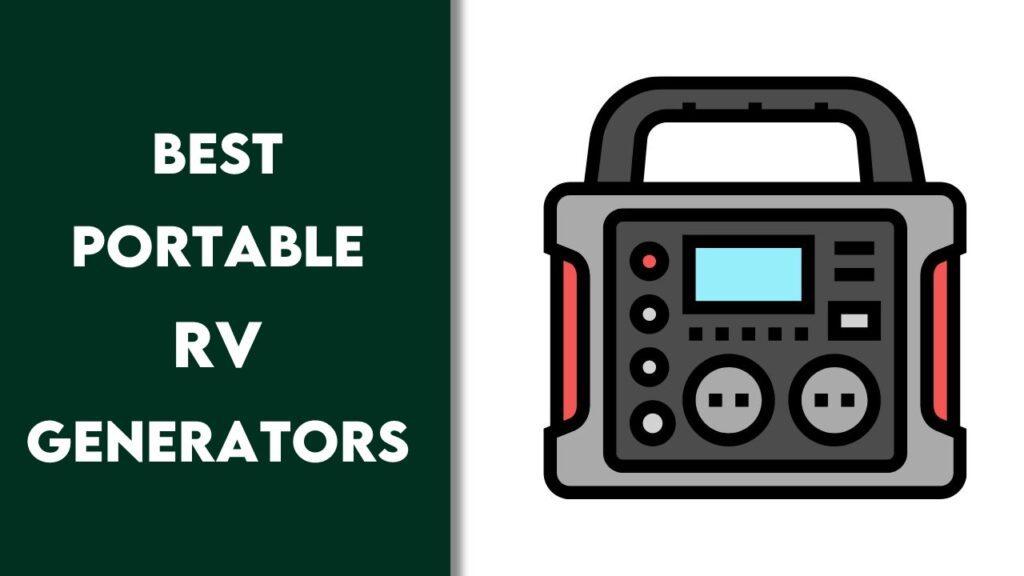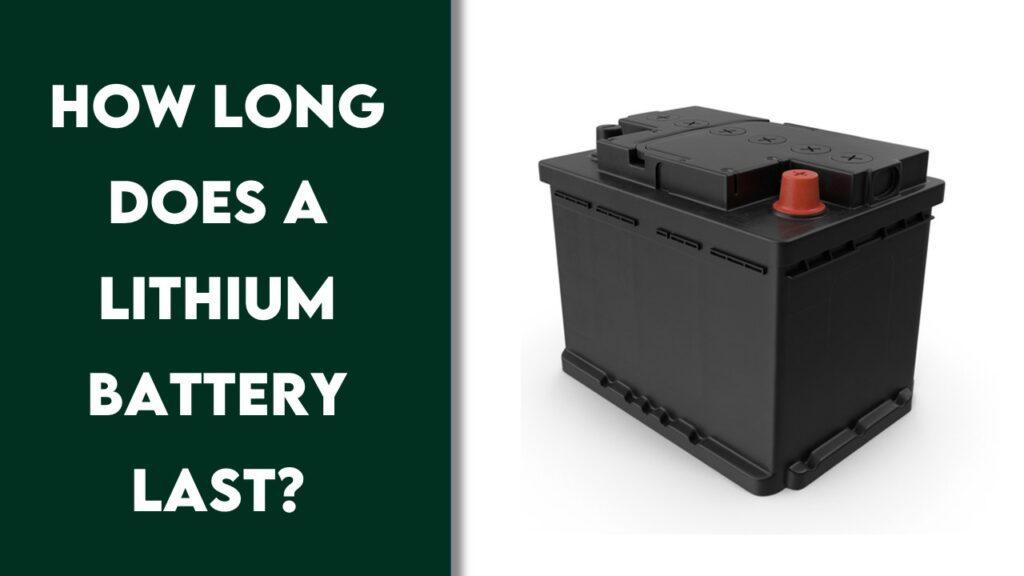
As the leaves start to fall and the air gets a chill, it’s not just your wardrobe that needs a winter makeover—your trusty generator does too! Imagine it’s like prepping your pet for a cold winter night; you wouldn’t send them out without a warm coat, right? Well, your generator needs similar care to stay in top-notch shape through those frosty days. Let’s walk through how to cozy up your generator for the winter, ensuring it wakes up fresh and ready come spring, just like a bear from hibernation. It’s easier than you think and super important to avoid common cold-weather troubles like freezing or clogging up. Ready to get started? Let’s dive in and make sure your generator can handle the cold without a hitch!
Knowing The Need for Winterizing Your Generator
Hey there! Let’s chat about why it’s super important to get your generator ready for the cold months. Think of winterizing your generator as preparing your garden before a big frost—it’s all about protecting your investment so it’s ready to bloom perfectly when needed. We’re going to explore just why this process is crucial, especially before the winter chill sets in.
Why Winterize Your Generator?
Before we dive into the nitty-gritty, let’s understand the big ‘why’ behind winterizing your generator. It’s a lot like putting on your winter coat and gloves; your generator needs its own version of cold weather gear to perform at its best. Doing this helps avoid sudden issues when you really need it.
- Preservation and Longevity: Just like wearing a helmet when riding a bike, winterizing is all about keeping your generator safe and sound.
- Reliability: You want your generator to start up smoothly, even on the coldest days, right? That’s what winterizing aims to ensure.
Wrapping up, knowing why to winterize your generator can save you a lot of cold-weather headaches. It’s about making sure your generator isn’t just ready for the winter, but also reliable when things get really chilly.
Effects of Cold on Your Generator
Let’s take a closer look at what exactly happens to your generator when the temperature drops. It’s kind of like how everything slows down in the winter—the same goes for mechanical and chemical processes inside your generator.
- Battery Blues: Just like us needing a bit more coffee to get going in the cold, your generator’s battery might need a little extra help too.
- Fuel Fumbles: Imagine your favorite syrup turning thick and slow in cold weather. Well, your generator’s fuel can act the same way, which isn’t great for performance.
- Engine Issues: Cold can make metals contract and lubricants thicken, which means your engine has to work harder to perform well.
After seeing how the cold affects your generator, it becomes clear why winterizing is not just helpful but essential. It’s about giving your generator the best chance to perform well, no matter how cold it gets.
Common Cold Weather Problems
Now, let’s talk about the typical troubles your generator might face in winter if it’s not properly prepped. Knowing these can help you understand the real-world impact of skipping out on winterizing.
- Hard Starts: It’s frustrating when your car won’t start on a cold morning; imagine that happening with your generator when you most need it.
- Performance Hiccups: If it does start, it might not run smoothly, which means it could be less efficient and more prone to damage.
- Increased Wear and Tear: Just like running on a rough road can wear out car tires faster, cold conditions can wear out your generator faster too.
Understanding these common issues highlights why taking the time to winterize your generator isn’t just a good idea—it’s necessary. It’s about ensuring reliability and efficiency, even when it’s freezing out.
Preparing to Winterize Your Generator
Alright, now that we know why it’s important to winterize your generator, let’s get into how you can prepare for this. It’s like setting up your game plan before a big match. Making sure you have everything you need beforehand makes the process smoother and a lot less stressful. Let’s gear up and gather our tools to make sure your generator can tackle the cold without a hitch!
Check the User Manual
First things first, grab your generator’s user manual. It’s like the secret recipe for your favorite dish — it has all the specific details that you’ll need.
- Specific Instructions: Different generators have their unique quirks. Your manual will tell you exactly what your model needs to stay cozy all winter.
- Warranty Information: Sometimes, doing things by the book is crucial to keep your warranty valid. The manual will help ensure you don’t accidentally void it.
Understanding your generator’s specific needs from the manual is like getting the cheat codes for a video game; it makes everything easier. Let’s use this insider knowledge to get ahead in our winterizing game.
Gather Necessary Supplies
Now, let’s play treasure hunt and gather all the supplies you’ll need. It’s like packing for a camping trip — better to have it and not need it than to need it and not have it.
- Fuel Stabilizer: This is very important for your generator’s fuel; it keeps it from going bad over the winter.
- Fresh Oil and Filters: Think of this as a refreshing drink for your generator; fresh oil keeps it running smoothly.
- Battery Charger: If your generator’s battery is like its heart, a charger is like the heart monitor, keeping it beating strong.
Picking up these supplies means you’re almost ready to dive into the action. It’s all about being prepared, so nothing stops you from achieving a well-winterized generator.
Safety First
Before we start, let’s talk safety because it’s always better to be safe than sorry. Like putting on your helmet before a bike ride, taking the right safety precautions is crucial.
- Wear Protective Gear: Gloves and goggles aren’t just fashion statements; they’re necessary to protect you during the process.
- Proper Ventilation: Make sure you work in a well-ventilated area to keep those fumes at bay.
- Fire Safety: Keep a fire extinguisher handy, just in case. It’s like having a lifeguard at the pool.
Taking these safety steps isn’t just about following rules; it’s about making sure you can enjoy many more winters, hopefully with a fully functioning generator. Now that we’re all prepped and safe, we’re ready to dive into the actual winterizing steps.
Step-by-Step Guide to Winterizing Your Generator
Now that we’ve got our tools, safety gear, and a bit of know-how ready, it’s time to get into the nitty-gritty of winterizing your generator. Imagine we’re prepping it for a long, cozy winter nap, ensuring it wakes up fresh and ready in the spring. Let’s get started with these key steps to protect your generator from the winter’s chill.
Stabilizing the Fuel
Fuel stabilization is like giving your generator a good meal that lasts all winter long—it keeps the fuel fresh and ready to go.
- Add Fuel Stabilizer: First, check your user manual for the right type and amount of stabilizer. Pour it into the tank—this acts like a vitamin, helping the fuel stay good over the months.
- Run the Generator: After adding the stabilizer, don’t just let it sit; run your generator for about 10-15 minutes. This mixes the stabilizer thoroughly with the fuel, ensuring every part of the fuel system is protected, similar to blending ingredients into a smooth soup.
Taking care of the fuel properly is a cornerstone of winterizing because it ensures your generator won’t falter on you when it’s needed most, preventing issues like sticky valves or gummed-up carburetors.
Changing Oil and Filters
Just like changing into winter clothes, your generator needs fresh oil and filters to handle the colder temps.
- Drain Old Oil: Warm up your generator slightly (just enough to get the oil flowing) and then drain out the old oil. This is like clearing out old, unused items in your house that you don’t need anymore.
- Replace Filters: Swap in new oil and air filters. Fresh filters mean fewer impurities in the engine, which is like ensuring clean, fresh air in your home.
- Add New Oil: Now, fill it up with new oil that’s suitable for cold weather. Some oils are designed to perform better in lower temperatures, ensuring your generator runs smoothly even on the coldest days.
Refreshing the oil and filters revitalizes your generator, ensuring it has what it needs to run efficiently and without extra strain through cold weather.
Battery Maintenance
Keeping the battery in good shape is crucial because a healthy battery means a reliably starting generator.
- Fully Charge the Battery: A fully charged battery is essential; it’s like making sure you have enough energy for a big day. Charge it up to ensure it has the maximum capacity to deliver power.
- Consider Removing the Battery: If you’re in a particularly cold area, consider removing the battery and storing it somewhere warmer. Just like you wouldn’t leave a pet outside in the cold, bringing the battery indoors can protect it from the extreme cold, which might drain its charge or damage its ability to hold a charge.
Proper battery care ensures that your generator starts up as soon as you need it, avoiding the frustration of a dead generator when a winter storm hits.
Antifreeze Application (if applicable)
For generators with cooling systems, antifreeze is their winter armor, protecting against the freeze.
- Check Antifreeze Levels: Open up the radiator cap (when the engine is cool!) and check the levels of antifreeze. It should be full and clean, not unlike making sure your car’s windshield fluid is topped up for clear visibility.
- Top Up if Necessary: If the levels are low or the antifreeze is old, top it up or replace it with a new mixture recommended by your generator’s manufacturer. This ensures that no part of your engine freezes or cracks in low temperatures, just like how insulating your pipes prevents them from bursting in winter.
By ensuring the antifreeze is at proper levels and in good condition, you’re setting up your generator to withstand freezing conditions without internal damage.
With these steps completed, your generator is now fully prepped to face the winter weather, safeguarded against common cold-related issues, and ready to perform when you need it most. You’ve just given your generator the best possible protection for the winter months, like bundling up your home against the elements.
Additional Protective Measures
Now that the core winterizing steps are done, let’s look at a few extra precautions to ensure your generator is as protected as possible through the cold months. Think of these as the additional layers of winter clothing that help keep the warmth in and the cold out.
Cover and Store Your Generator Properly
Just like you’d store away your summer clothes and bring out the winter gear, your generator needs a cozy spot to spend the winter.
- Choose the Right Cover: Opt for a waterproof and breathable cover. This is like picking a good winter coat; it needs to keep the moisture out while preventing condensation from building up inside.
- Select an Appropriate Storage Location: Find a place that’s dry and free from direct exposure to harsh weather. An enclosed space like a garage or shed is ideal. It’s like storing your car in a garage away from the snow and ice.
Proper storage and covering are crucial for protecting your generator from the elements and ensuring that it remains in good condition, ready for immediate use whenever needed.
Inspection and Repairs
Think of this as a final health check-up before winter really sets in.
- Thorough Inspection: Look over your generator for any signs of wear and tear. Check connections, wires, and all moving parts. It’s similar to going over your house to ensure all windows are sealed and no drafts can get in.
- Handle Repairs Immediately: If you find any issues, address them right away. Delaying could lead to bigger problems down the line, much like fixing a small leak before it turns into a major plumbing disaster.
Ensuring your generator is in top shape before it goes into winter hibernation can prevent small issues from becoming big headaches during a time when you need reliability most.
Routine Maintenance Checks
Even in winter, your generator needs a bit of attention to stay in peak condition.
- Monthly Startups: Run your generator once a month to keep the engine lubricated and to ensure everything is running smoothly. It’s like starting your car periodically during long periods of disuse to keep the battery from dying and the engine in good shape.
- Keep an Eye on Performance: During these monthly checks, listen for any unusual noises and monitor performance for any signs of trouble. Catching issues early can save a lot of time and expense later.
Routine maintenance is like regular exercise for your generator; it keeps it healthy and ready to perform when you need it most.
Wrapping It Up!
And there you have it! We’ve wrapped up our guide on how to get your generator all set for the winter. Just like bundling up in a cozy blanket on a snowy day, your generator needs that extra care to stay safe and sound during the cold months. By following the steps we’ve walked through—from adding stabilizer to the fuel, changing the oil, and keeping the battery charged, to covering it up nicely—you’re ensuring that your generator is as ready as it can be for the chill.
Remember, a little effort now means a lot of peace of mind later. So, when the first frost hits, you can sip your hot cocoa without a worry, knowing your generator is hunkered down and ready for duty whenever you need it. Here’s to a worry-free winter with your trusty generator at the ready!
Related FAQs
How Often Should I Winterize My Generator?
You should winterize your generator annually before the onset of cold weather to ensure optimal performance.
What Type of Oil Is Best for Winterizing Generators?
Use a synthetic oil with a low viscosity rating, suitable for colder temperatures, to ensure smooth engine operation during winter.
Can I Use Any Fuel Stabilizer for My Generator?
It’s best to use a fuel stabilizer recommended by your generator’s manufacturer to guarantee compatibility and effectiveness.
Should I Remove the Battery If Storing the Generator Indoors?
Yes, removing the battery and storing it in a cool, dry place can extend its life and maintain its charge over the winter.
How Long Can I Store My Generator Without Using It?
With proper winterization, you can store your generator for about 6-12 months without use, but monthly checks are recommended to maintain good condition.
At our core, we’re a group of passionate generator, inverter, solar energy, battery enthusiasts. We dive deep into the world of tech, especially when it’s about powering your home, RV or outdoors. We try to provide as much value to the readers with our information and how to blog articles as possible. For affiliate articles our honest and transparent reviews of essential tech products are rooted in real-world experience. We take great satisfaction in offering unbiased evaluations, ensuring that you can make informed decisions when investing in your desired techs.




